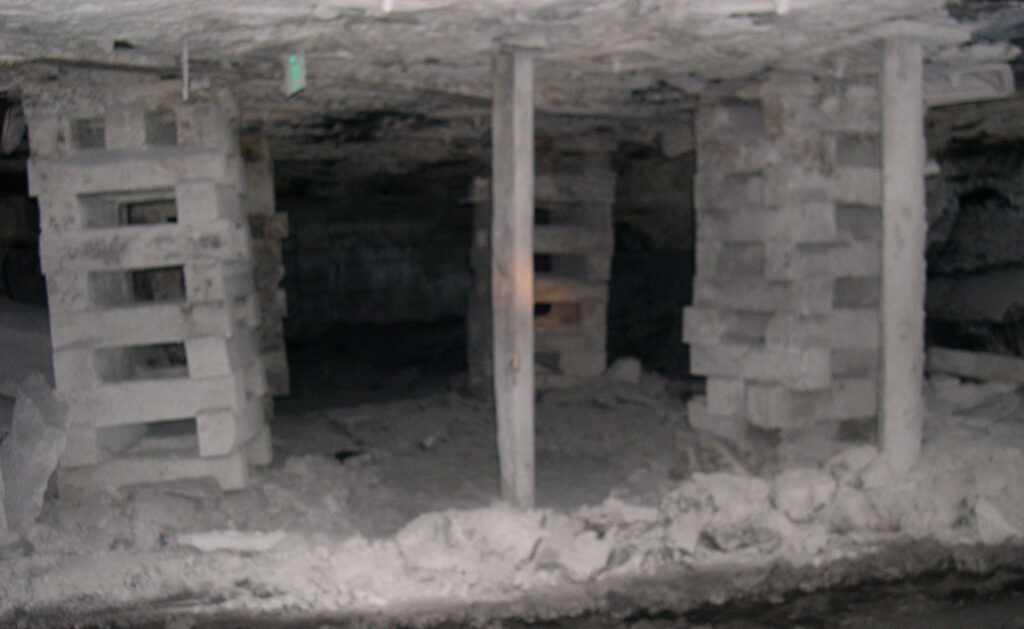The mantrip reaches #1 section where it slows to stop. The mine air is cool and thick with the familiar dank smell of coal, rock dust, and mold. The foreman asks one of the men to give a quick prayer for the crew. “Our heavenly father, watch over us today as we do our work, watch over our families and all the men who are here to feed them. May we each work safe under your watchful eye as you guide us through yet another shift. We ask for this in Jesus’ precious name. Amen.” One by one the men turn on their cap lamps and force themselves off of the low seats. Some stretch and yawn after napping on their way in.
The repairman sets off to turn on the trickle dusters to provide a cloud of explosion-preventing rock dust down the returns. Just outby1, and the next entry over, the conveyor belt starts up and the sound of metal splices clang on each roller as they approach the feeder breaker and tailpiece before returning back outby. The pinner men throw their day’s supplies on the deck of the roof bolter. A bucket of roof drill bits, a few rags, some bottles of water, a few sticks of yellow chalk and their dinner buckets. Here and there the orange paint of the Fletcher roof bolter can be seen through the grey filth of rockdust, coal dust, hydraulic fluid, and grease coating the machine. The deck is a mess, littered with metal roof bolts, partial boxes of glue sticks, pans, metal plates, temporary roof jacks, and a slew of empty Pepsi bottles and snack wrappers from the prior shift. The pinner men spend the first 45 minutes getting things ready, filling their glue boxes with tubes of resin, and going through the various pieces of drill steel to get rid of what’s bent or broken.
As the pinner men are loading roof bolts from the pallet onto the top of the bolter, the roar of the miner begins just a few entries over. Thick clouds of dust ebb by in the cross-cut just in front of the roof bolter t-bar, evidence the mine fan is running and there is plenty of ventilation to carry the dust and explosive methane gas away from the face and down the return airways. Now it’s just a waiting game. They go to the entry where the miner is cutting and kneel down by the rib, watching the miner man finesse the remote control, commanding the 40 ton machine to do his will.
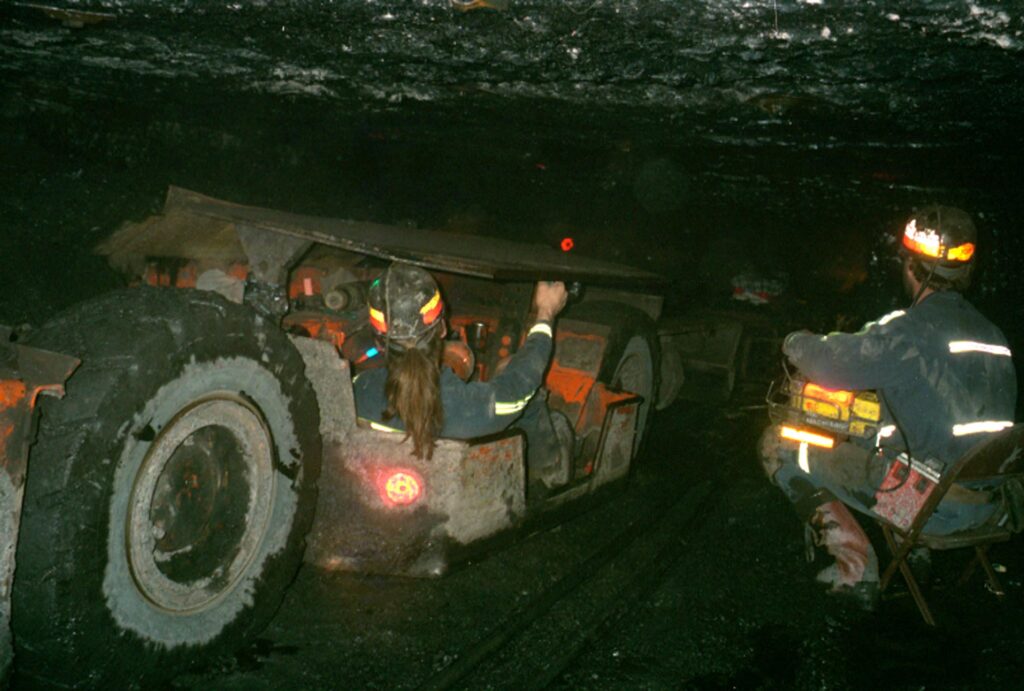
The top is hard in spots, causing the machine to bounce violently and flings orange sparks from the carbide tipped miner bits. The miner man sets the stab jack and holds it steady. Behind them the sound of shuttle car tram motors fill the entry as it makes the turn out of the cross cut and pulls under the miner’s tail boom. The miner man starts up the chain conveyor and with sheer skill, loads the car without spilling any coal on the ground. The faint ring of a bell is heard through the deafening sound of the conveyor, signaling that the car is full. The electric tram motors on the shuttle car wind up to take another load of coal to the feeder and the miner man yells to the buggyman “One more,” letting him know there’s just one more car to fill before he’ll move the miner to cut the next entry. The pinner men go back to their machine and get ready to move in.
It seems impossible to move a 21-foot-long machine around 90 degree corners with entries only twenty feet wide, but the machine will turn on a dime. The power cable that supplies its electricity pulls off the reel as they move forward into the fresh cut. One man hangs the power cable from the roof bolts in the intersection behind them using pieces of stiff wire. If they don’t hang up the cable, someone will run over it with another machine and blow the cable.
With the cable hung they put in their earplugs and begin making up their bolts. One by one they slide metal plates and pizza pans onto each bolt. The entry is five and half feet high so they don’t have to bend their bolts. They each peer into the inky black of the newly cut entry looking and listening for cracking, sounds that the top is working and could fall in on them. One of them fastens his methane monitor on the end of a long pole and puts it up to the face. Only 0.1%, good to go. They turn on the machine again and the left side man uses the inch tram controls to move it forward while the right-hand man motions him up to align the paint mark on the T-Bar with the last row of bolts. He pushes the lever to set the Automated Temporary Roof Support which will hopefully keep the roof from collapsing on them while they secure it with bolts. They mark their four foot centers on the top using their chalk sticks, then swing the drill head out and put drill steel to roof.
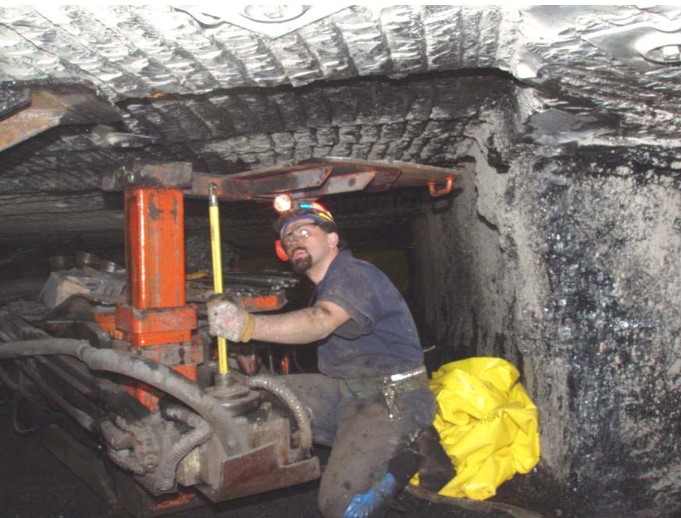
The top is hard and drills slowly. The test hole doesn’t show any high up cracks. Good news. Bore the next hole, insert the tube of epoxy glue, push the roof bolt into the hole and spin it to mix the glue and set the bolt. One bolt after another goes into the top and the sweat starts pouring form under their hard hats. One down, 200 more to go before the shift end if the top doesn’t get any harder. Hot drill steel, hot hydraulics, another day in the mine.
A hundred miles away the coal company executives are getting ready. A man wearing a suit costing more than a coal miner’s monthly wages hears the company helicopter landing outside the office. He joins three other company executives for the trip. The Bell Jet Ranger lifts off while the men talk among themselves through their headsets. Other people would be thrilled to see the land below, but it’s just another commute like so many others.
A few minutes later they set down at the airport where the corporate jet has been prepped for flight. The plush leather seats are ready to bear their passengers in comfort. Clearance is given for takeoff and the turbine engines scream to full throttle. Reaching altitude the view is breathtaking out the small windows of the multi-million dollar jet but just as in the helicopter, it’s routine, just another boring flight. In only a few hours they will be a thousand miles away meeting with an electric company’s executives to discuss the future of their businesses over lunch.
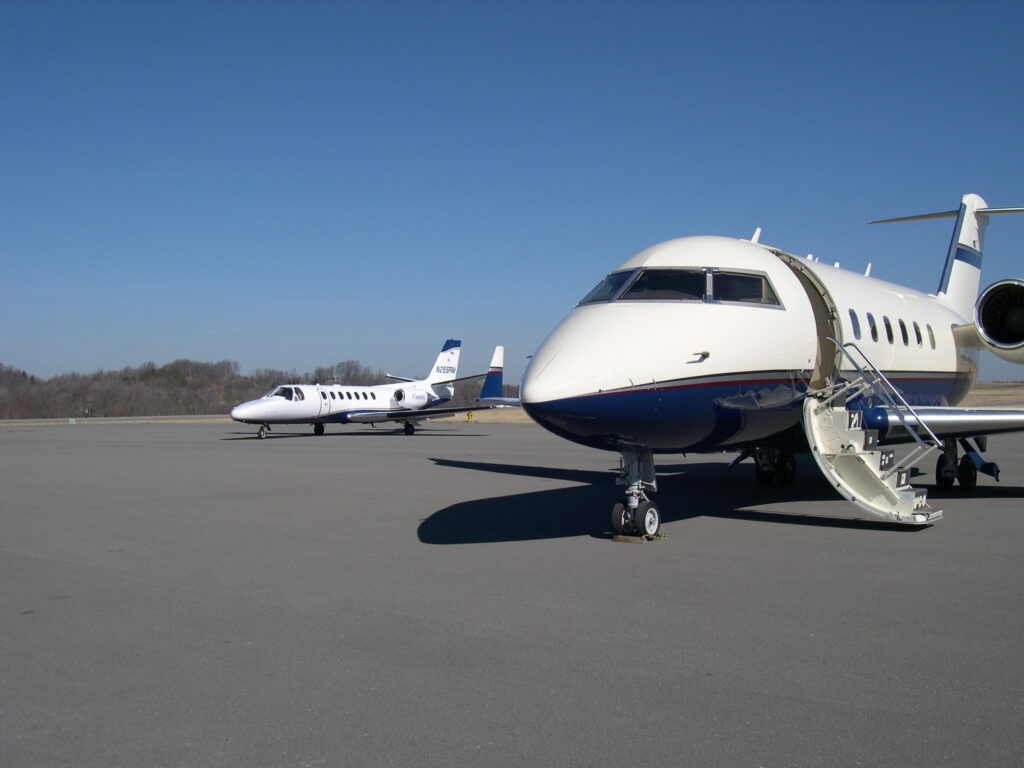
A car picks them up at he airport and they are ushered off to a restaurant near the center of downtown. Inside the host takes them to the table where the power company executives are waiting. Soft notes of Gershwin fill the restaurant where they sit joking about politics and order meals from a menus without prices. Smiles surround the table while the men joke and laugh about whatever comes to mind.
The miner man has cut entries 4, 5, and 6 and has moved across to start cutting 3, 2, and 1. The pinner men are a couple of rows from finishing up 5 and are falling behind. The scoop man has cleaned up 4 entry and is scooping the feeder while he waits. His face is completely black from taking down and hanging ventilation curtains covered in coal dust.
The roof bolter’s massive hydraulic system has heated up to full temperature and the men have stripped down to their t-shirts to stay cool. Every man is black by now, everyone’s shirts are soaked with sweat. The foreman asks the 3rd car man to float the buggy men out so they can get a quick bite to eat. The foreman is hoping to get 15 cuts to impress the superintendent outside and keep his job secure.
The evening shift has come in with a set of clean faces to take over the equipment. Worn out and eager to go home, the pinner men go to the man trip to join the rest of their crew. The foreman pulls out his pocket notepad and starts taking down the numbers: how many trips each shuttle car made to the feeder, how many cuts the miner man made, how many bits had to be changed and how many bolts were put in the top. The mantrip fires up, the men head outside.
Business is done, the prices are set. Profits are going to get higher and the shareholders will be happy. Back to the airport, back onto the company jet, the helicopter, back to their office, back into their Mercedes, and back to their homes.
Press the right numbers in the keypad and the ornate iron gate swings open. The fountain in front of his home has become just another bit of stone and water, the stained-glass front door just another obstacle. A quick check-in with his wife and children before he heads to his office for a glass of fine scotch and the final numbers. He makes a few phone calls from behind his large oak desk to find out how things had gone. How many tons were mined today? How many trains were loaded? Good numbers. He shifts to real estate websites, looking at properties in coastal Maine. Another vacation home would be a nice gift for the family when he gets his bonus, maybe five million this year the way things are looking.
The company lawyers are still having trouble getting a few strip mining permits because of the environmentalists, but it’s nearly election time and the money the company has put into political campaigns and Friends of Coal stickers will hopefully get that turned around. The new friends in the nation’s capitol might even help with some of the safety regulations coming down the pipeline on black lung.
The men see the light of the outside ahead and finally they are in the open air again. The sunlight makes them squint and the smell of life is once again in the air, replacing the musty dank smell of the mines. They head to the locker room, change clothes, clean their hands and faces with bars of Lava soap and get in their old work vehicles.
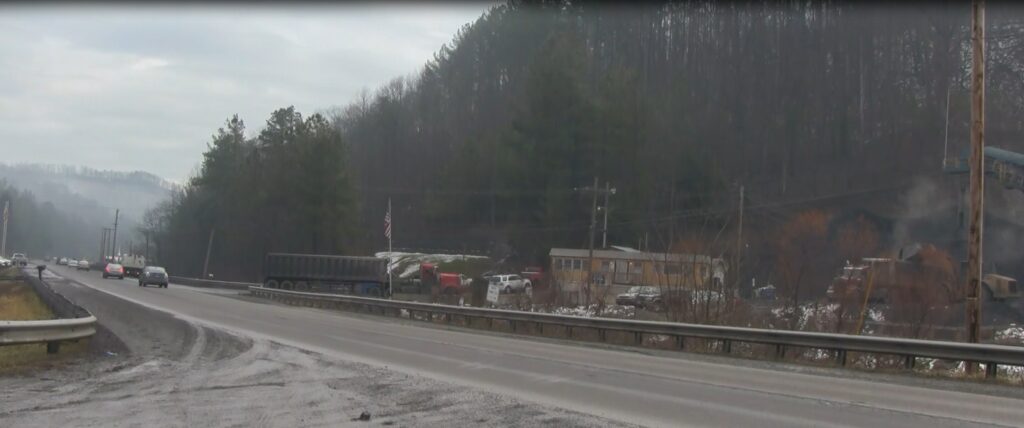
A forty-five minute drive through mountain roads, dodging coal trucks along the way, brings him home. His children are happy to see him, his wife is relieved he’s come home safe. Supper is almost on the table and a hot shower awaits. Black dust is sent down the drain along with black mucus he blows from the nose. A good meal, a few minutes playing with the kids, and then a few hours resting on the couch in front of the TV before bed. 4:30 am will come again shortly. Another trip into the mine, another shift at the head of a roof bolter, another day’s wear and tear on the body—another day’s worth of dust in the lungs.
- Outby – mining term for going toward the outside of the mine. Inby refers to going toward the active areas of the mine, also know as the coal face, or just “the face.” ↩︎

